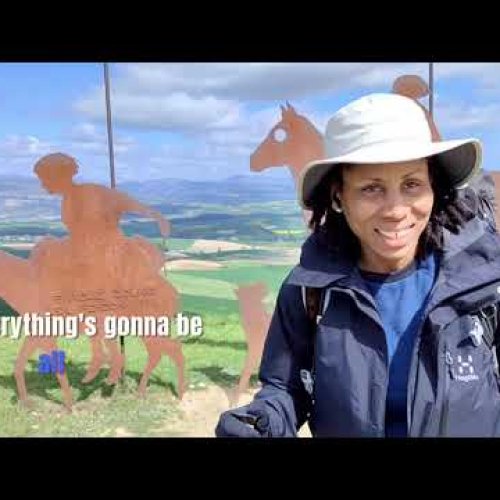As part of my preparations for my first CF next year (SJPdP to Santiago and on to Muxia/Finisterre), I've been gradually increasing my usual 3km-5km daily constitutional to walks in the 5km-10km range, and expect to level that up to regular 15-20km walks by the time I set out the first week in May. I'm already breaking in the shoes I plan to wear (and have a backup pair in case they need to be replaced between now and then), and have been doing a few walks every week with a pack loaded with the amount of weight I anticipate carrying. So far, so good.
Here's the problem: I'm doing all this in my home town of New Orleans - which, as many of you may be aware, sits squarely at (and occasionally below) sea level.
My question to anyone who has walked the Camino from SJPdP after living/preparing in similar circumstances: How much did the altitudes affect your walking ability and stamina once you started walking? It's not so much the ups and downs I'm worried about: despite the notable lack of hills (much less mountain ranges) here in south Louisiana, I've been including as many staircases and ramps in my current perambulations as I can, in addition to incline intervals on the treadmill at the gym. So the muscles that will get me up and down those slopes and hills in France and Spain will (hopefully!) be in decent enough shape in five months' time.
But I'm concerned about the effects of an entire walk that will take place several hundred to over a thousand feet above the sea level that my body is used to. Save for a couple of very sporadic mountain hiking trips over the years and a few long layovers in the Denver airport, I've never spent much time at high altitudes.
How long should I expect any adjustment period to last? And is there anything else I can do to prepare for high altitude walking specifically? Any advice or perspective is most welcome.
Here's the problem: I'm doing all this in my home town of New Orleans - which, as many of you may be aware, sits squarely at (and occasionally below) sea level.
My question to anyone who has walked the Camino from SJPdP after living/preparing in similar circumstances: How much did the altitudes affect your walking ability and stamina once you started walking? It's not so much the ups and downs I'm worried about: despite the notable lack of hills (much less mountain ranges) here in south Louisiana, I've been including as many staircases and ramps in my current perambulations as I can, in addition to incline intervals on the treadmill at the gym. So the muscles that will get me up and down those slopes and hills in France and Spain will (hopefully!) be in decent enough shape in five months' time.
But I'm concerned about the effects of an entire walk that will take place several hundred to over a thousand feet above the sea level that my body is used to. Save for a couple of very sporadic mountain hiking trips over the years and a few long layovers in the Denver airport, I've never spent much time at high altitudes.
How long should I expect any adjustment period to last? And is there anything else I can do to prepare for high altitude walking specifically? Any advice or perspective is most welcome.
Last edited:




















